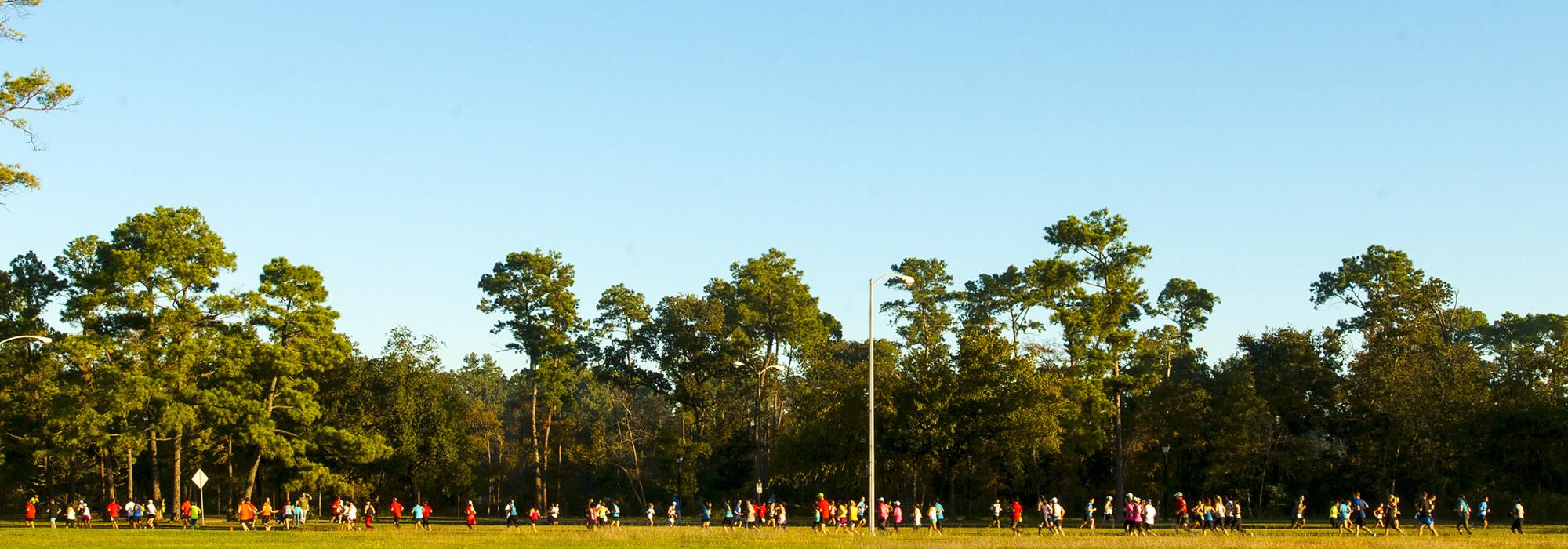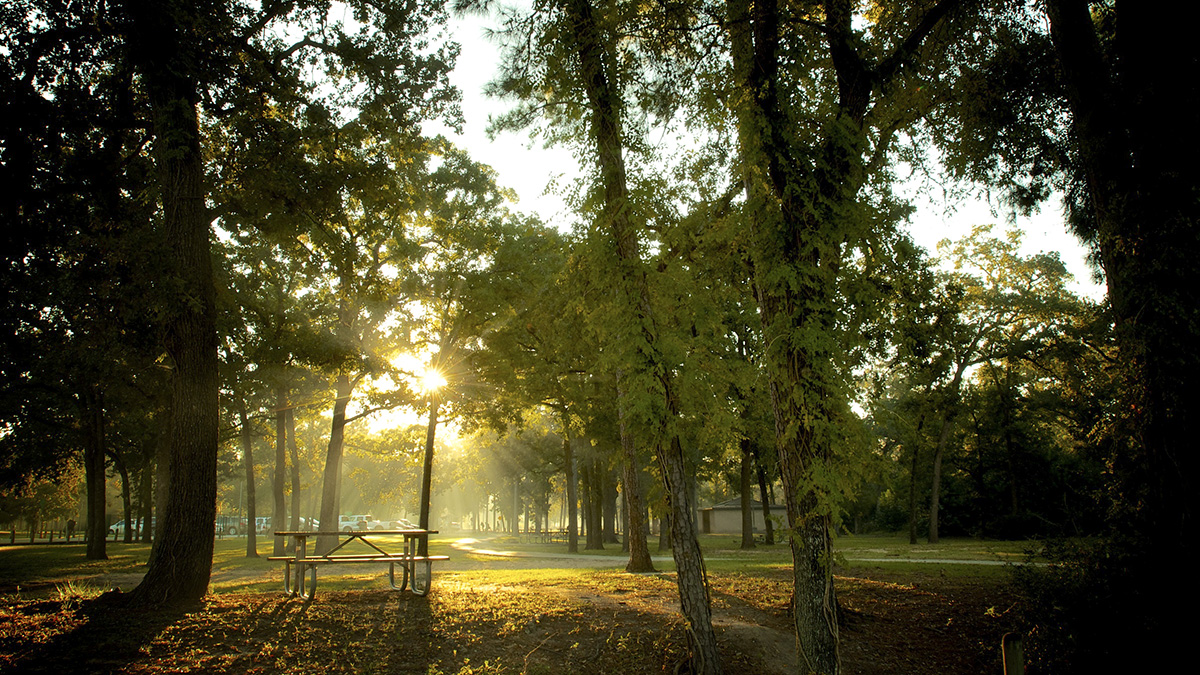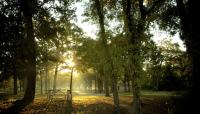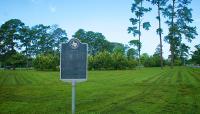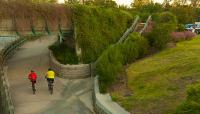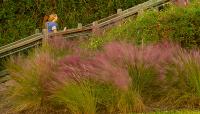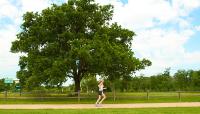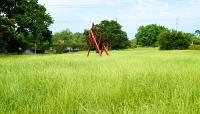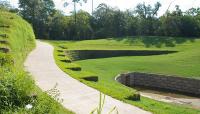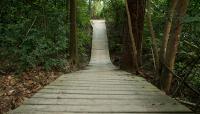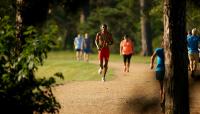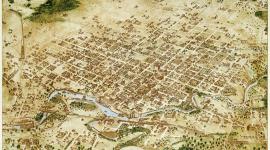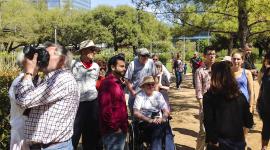Landscape Information
Located northwest of downtown, this 1,500-acre public park was created in 1924 and named to commemorate the military base that once occupied the site. Because of its position on the north bank of the Buffalo Bayou, the site was a center of industry in Houston’s earliest days and, by the turn of the century, was a convergence point for passenger and freight railroads. During World War I, the War Department leased the wooded property for use as Camp Logan. The land was graded and cleared for the construction of temporary structures with capacity for more than 20,000 soldiers. In 1918, a hospital for veterans was established and a nine-hole golf course was built.
After the war, park advocate Catherine Emmott called for the property to be used for public enjoyment. The Hogg family purchased 1,503 acres in 1924 and sold it to the City for use as a park. Hare & Hare developed a master plan that included recreation areas, scenic drives, bridle paths, gardens, and an expanded golf course. In 1935, with the closing of the hospital, John Bredemus designed a 250-acre eighteen-hole golf course constructed by the Works Progress Administration. In the 1940s, the park was bisected by the construction of the east-west Memorial Drive; 265 acres on the western side of the park were set aside in 1951 to establish the Houston Arboretum and Nature Center. After decades of use, an advisory committee was established, which became the Memorial Park Conservancy in 2000. Nelson Byrd Woltz Landscape Architects was commissioned to develop a master plan in 2015. Today, the park—comprising a hardwood forest and dramatic topography—includes a tennis center, indoor pool facilities, trails, and playgrounds.



